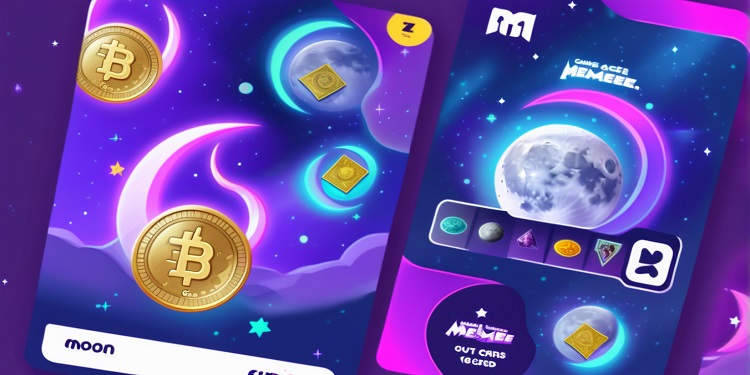Mysten Labs has launched a new decentralized secrets management solution known as Seal, now operational on the Sui Testnet. This development is aimed at introducing a much-needed privacy and data protection layer for Web3 applications. With growing concerns around access control, key management, and data privacy in decentralized environments, Seal has been positioned as a timely and essential framework. It is designed to enable secure data encryption without the need for centralized intermediaries, making it compatible with a broad spectrum of blockchain protocols.
The architecture behind Seal integrates multiple technical components, each tailored to resolve specific data security challenges. These components are structured to work seamlessly together, striking a balance between privacy protection and operational scalability. The solution’s design reflects an understanding of the complex demands of decentralized applications, offering tools to manage encryption and decryption processes with heightened flexibility and efficiency.
Among its core features, Seal introduces on-chain access control, which allows developers to define decryption key access rules directly through Move smart contracts. This empowers developers to specify who can access specific data and under what conditions. Another standout element is threshold encryption, which distributes decryption keys across multiple independent servers. A minimum subset of these servers must collaborate to reassemble the complete key, thereby removing the need to trust any single party.
In addition, Seal offers client-side encryption, ensuring that data is encrypted and decrypted locally by users themselves. This approach guarantees that even Seal’s own infrastructure cannot view the data in its unencrypted form. Furthermore, the solution is storage agnostic, meaning it can function with a variety of decentralized storage systems, including Walrus, without being limited to any particular provider. This adaptability allows developers to integrate Seal into their preferred systems without altering their existing setups.
Seal’s practical applications have already begun to surface across several domains. In gated content scenarios, content creators can protect premium materials, making them accessible only to NFT holders or paid subscribers—similar to decentralized versions of platforms like Patreon or Substack. In private messaging, developers can implement secure, end-to-end encrypted chats across decentralized applications and DAOs. Additionally, Web3 gaming benefits from Seal through the encryption of mission data or unlockable items, accessible only upon completing designated tasks.
Other real-world use cases include secure NFT transfers, where assets can be locked with encryption and revealed only after a set deadline, supporting concepts like sealed auctions or DAO votes. For user data storage, Seal enables the controlled management of sensitive information such as health records or identity documents, ensuring data remains private and policy-governed.
Mysten Labs has also developed a developer-friendly SDK for Seal, simplifying the encryption process for builders. This toolkit handles complex backend operations, allowing developers to implement strong encryption and access control logic without rebuilding core security mechanisms. The SDK supports scalability through threshold encryption, auditability through on-chain policy enforcement, and customization based on users, content types, or business requirements.
The release on the Sui Testnet is seen as a foundational phase, encouraging developers to test its capabilities, build prototypes, and offer feedback. Future updates are expected to include Multi-party Computation (MPC) for more advanced decryption capabilities, server-side decryption for scenarios where local methods are impractical, and Digital Rights Management (DRM) features akin to those used by streaming services to protect premium media content.
Mysten Labs has encouraged Web3 developers to explore Seal on the Sui Testnet, review available documentation, and contribute to its evolution. This initiative underscores a broader mission to establish encryption as a default standard in decentralized applications, ensuring that privacy, access control, and user trust remain at the core of Web3’s growth.









